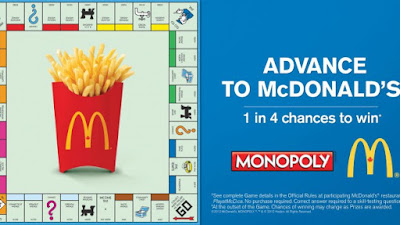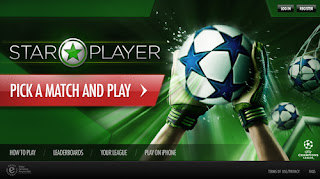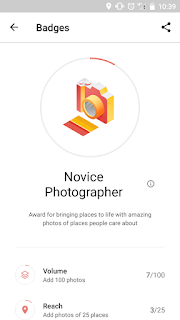McDonalds and Monopoly - A Gamified Crossover Among Two Brands in Popular Culture
McDonalds and Monopoly - A Gamified Crossover Among Two Brands in Popular Culture
There
are crossovers happening everywhere. From movies to automobiles and fast food
to comic books; it’s everywhere. So what
is a crossover? For those who are uninitiated to the idea of crossovers, it
simply means an interaction or coming together of two distinct worlds which may
involve people, objects or even ideas by transcending the various dimensions of
time and place. Urban Dictionary has defined a crossover as “a fanfiction in
which several fandoms interact with one another. This involves time travel and inter-dimensional travel to melt two different fandoms.
Popular
examples of crossovers can be seen in film franchises like the Avengers, where
a lot of characters from the Marvel Comic Universe come together and interact
with each other in a common storyline. All that said and done, how has
gamification sought to enhance the fun element and the excitement that comes
from various crossovers? How successful have been crossover attempts in
gamification in domains like marketing? These are questions that need a lot of
answers to and in this article we shall try to find some of those answers by
looking at a case where gamification has been applied in a crossover scenario
involving two popular iconic brands, namely McDonalds and Monopoly.
McDonalds and Monopoly:
Two
popular brands, McDonalds one of the world’s most popular fast-food chains and
Monopoly, one of the most popular board games in the world, where players
compete against each other in a high stakes business scenario. The promotion
dates back to 1987 and it takes place entirely offline. When users would buy
certain products from McDonald’s, they would receive tickets. Each ticket
represented a space on the monopoly game board. The goal was to collect all the
pieces of the same color to be eligible for a prize. Over the last three decades,
the company has been successfully implementing various iterations of this
gamified crossover across several countries, where customers could win a host
of different prizes like holidays, digital subscriptions, e-vouchers and a whole host of other prizes, which are sponsored through various partnership
deals with different brands.
Purchase
is required in order to participate at all levels, with tokens awarded on fries
and drinks selected sandwiches and other sides. More tokens are available on
higher value items and larger portion sizes - this creates an incentive for
customers to increase their average transaction value There are several ways to
win prizes, from instant-wins to the potential to win larger prizes by
collecting a series of codes ensures customers are more likely to
remain satisfied and engaged; even if they have not won immediately there’s
still, a reason to continue to try their luck The campaign runs for 6 weeks, so
customers have a limited timeframe in which they can win instantly, or collect
all of their tokens required to redeem a prize Many of the low-cost prizes can
be redeemed in-store instantly or at a later date - creating a perfect loop
where customers will feel positive when placing their (free) order and then
checking to see if they have won after receiving it.
A recent example of this campaign was from 2013 when the company introduced ‘Monopoly
Fortunes’ a game where participants could play digitally by entering a code
from stickers on McDonald’s items onto a virtual game board. These online users
are guaranteed to win a prize every time they played the game.
Conclusion:
For
a successful crossover between different entities to happen, it must be firstly
relatable to its different or common audiences. In the cases of movies like the
Avengers, the fans were already exposed to crossovers in the comic book
versions of the franchise and hence Marvel did not have to work very hard to
make the crossover work. In the case of McDonalds and Monopoly, the success in
the crossover campaign that has lasted for over three decades lies in the
simple fact that both these brands offer something very enjoyable to their
audiences. Board games like Monopoly are seen as a means to bring people together
and create a sense of belongingness and competition at the same time. While a
fast-food brand like McDonalds seeks to enthrall audiences with its varied food
offerings. Both brands have one thing that works well for them; it is the fact
that both their product offerings could be enjoyed together in a social
setting. This is what makes the crossover so successful and relatable among the
target audience.








Comments
Post a Comment